Samsung’s flagship smartphones are always the one to beat in the American market, especially the Ultra variant. This year is no different as the Galaxy S24 Ultra is a performance behemoth. The only difference is the battle for the ultimate flagship has not been as easy as it used to be years ago. Rival companies have significantly upped their game.
The Chinese tech giant Xiaomi is one good example as its Ultra flagships have delivered exceptional performance in the last couple of years. It launched the Xiaomi 14 Ultra in China last year and expanded to global markets last month.
While it is not coming to American soil, we thought it would be a fun comparison to put the Xiaomi 14 Ultra against the Samsung Galaxy S24 Ultra. So without further ado, let’s get started.
Design and Display
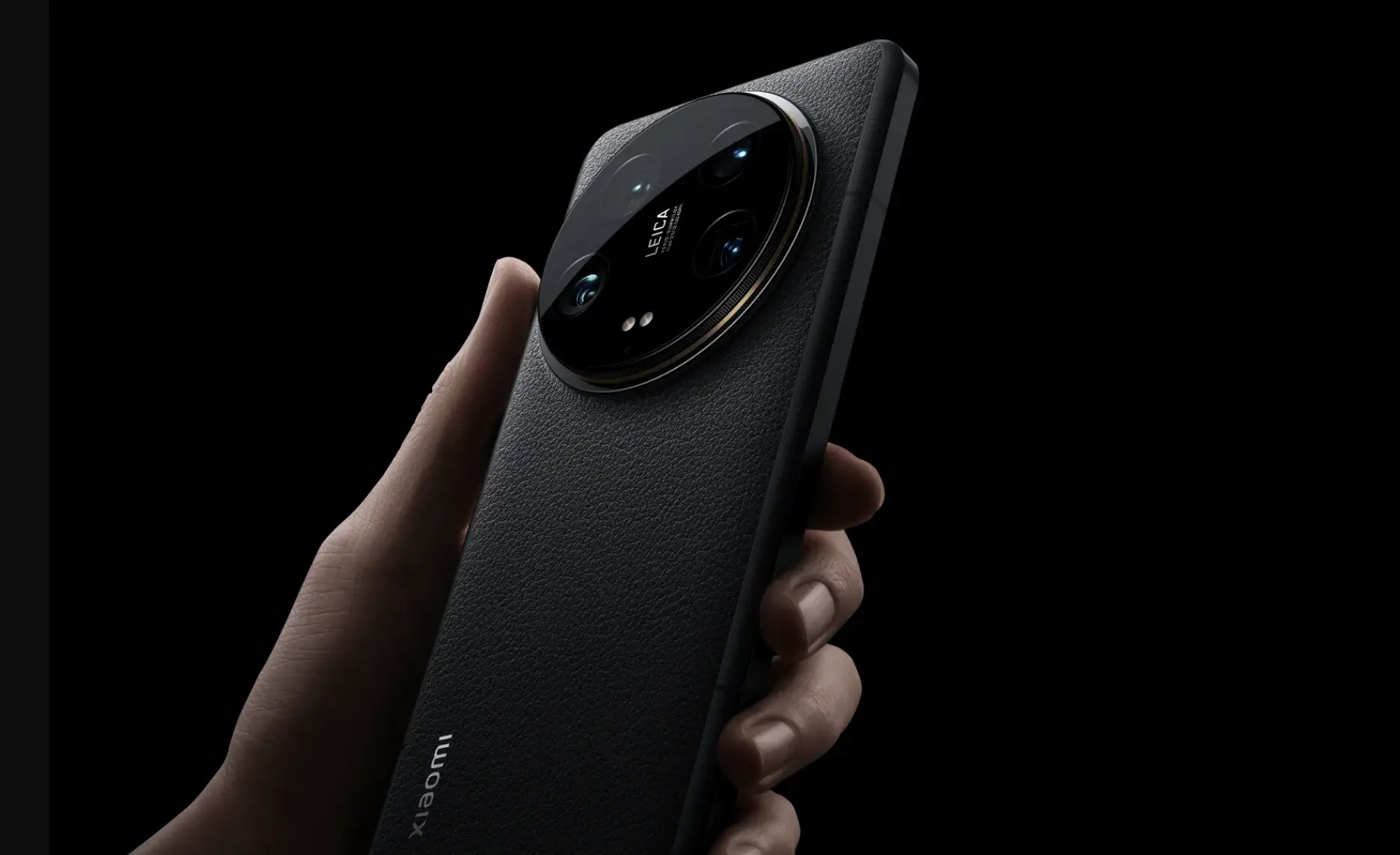
Samsung and Xiaomi differ significantly in their approach toward design but both phones undoubtedly look premium. The Galaxy S24 Ultra has a design that you would be familiar with if you have seen older flagships in the lineup. It has a frosted glass back and a vertically-aligned rear camera setup. Each of the four cameras is protruding separately. The major difference this year is the grade 2 titanium frame.
The Xiaomi 14 Ultra has a massive circular rear camera module which is the first thing you will notice right away. It takes a huge portion of the vegan leather back panel. All four camera sensors and LED flash are enclosed inside the module along with Leica branding. The phone has curved corners on all four sides which you may or may not like.
In terms of thickness, Xiaomi’s offering measures 9.2mm compared to 8.6mm on the Galaxy flagship. Both smartphones offer an IP68 rating for dust and water resistance.
The Galaxy S24 Ultra sports a 6.8-inch Quad HD+ LTPO AMOLED display with up to 120Hz refresh rate. It has Corning Gorilla Glass Armor protection and 2,600 nits peak brightness. With the Xiaomi flagship, you will get a 6.73-inch Quad HD+ LTPO AMOLED display with up to 120Hz refresh rate. There is Shield Glass protection and 3,000 nits peak brightness.
While design preference is always a personal taste, it is the display where Xiaomi 14 Ultra wins over the Galaxy. You not only get higher pixel density but also a brighter panel.
Performance
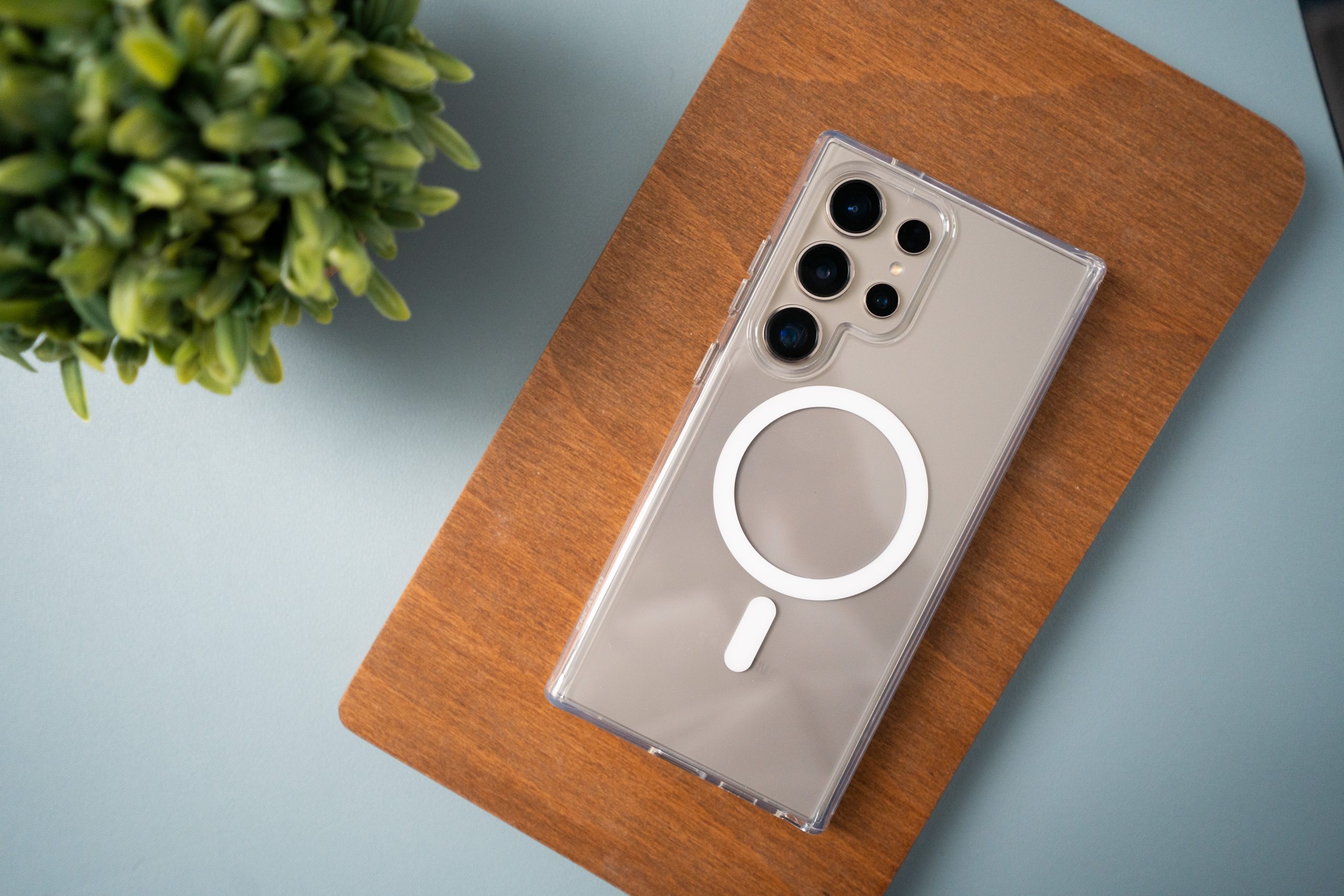
Both Xiaomi 14 Ultra and Samsung Galaxy S24 Ultra are powered by the Qualcomm Snapdragon 8 Gen 3 processor. It is an octa-core 4nm flagship chipset with Adreno 750 GPU. You do get a deeper integration of AI features called Galaxy AI with the Samsung device.
There is up to 16GB of RAM and 12GB of RAM option available with the two flagships respectively. Both smartphones offer up to 1TB UFS 4.0 onboard storage. You can expect a similar level of high-end performance with both devices. It does not matter if you want to play games or do day-to-day tasks, you will not be disappointed here.
Cameras
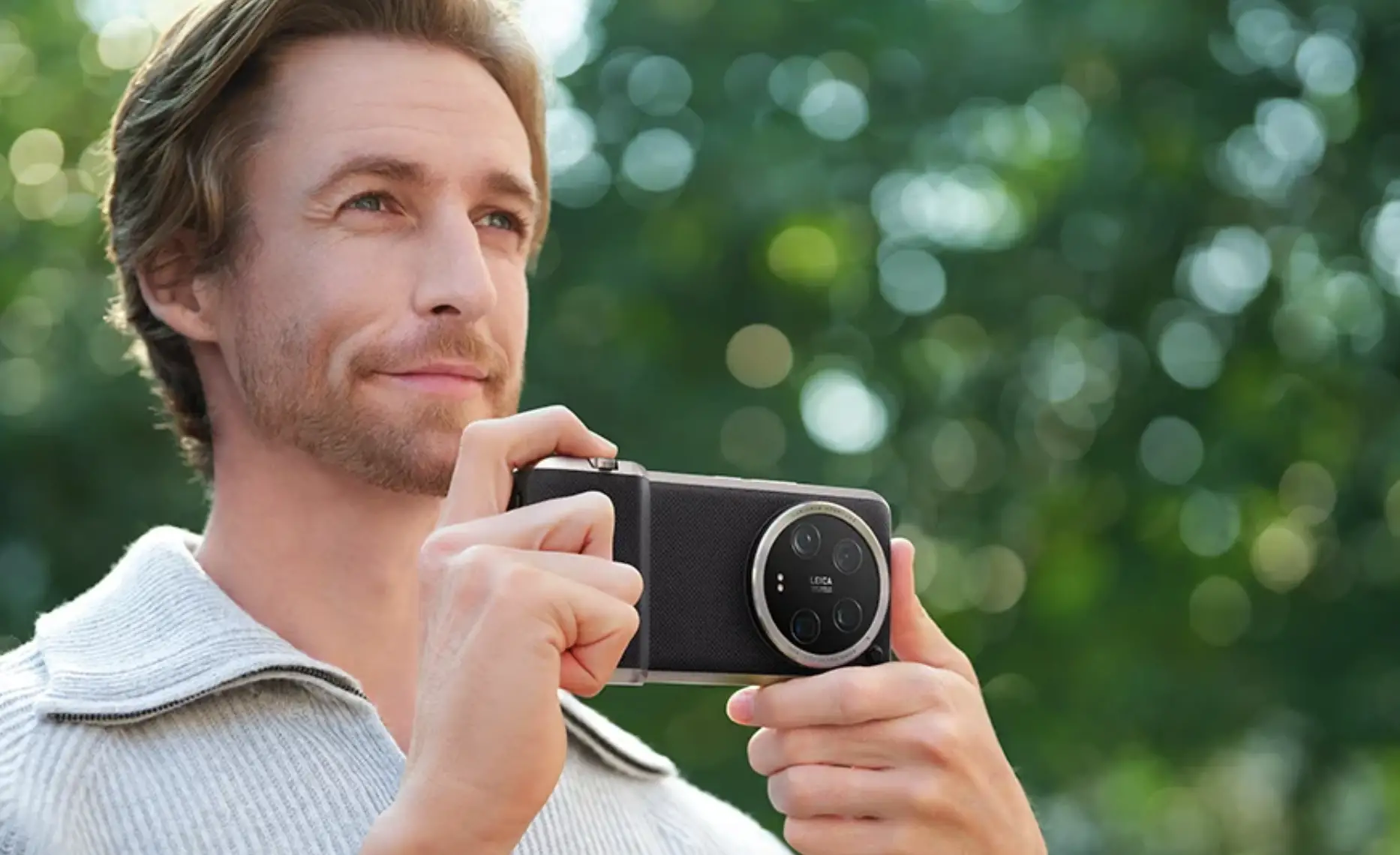
The Samsung Galaxy S24 Ultra has a quad-camera setup featuring a 200MP wide-angle sensor, a 10MP telephoto sensor with 3x optical zoom, a 50MP periscope telephoto sensor with 5x optical zoom, and a 12MP ultra-wide sensor. You get phase detection autofocus (PDAF) with all four sensors but only the first three cameras offer OIS support.
The Xiaomi 14 Ultra also has a quad-camera setup but it offers a 50MP wide-angle sensor (1-inch-type Sony LYT-900), a 50MP telephoto sensor with 3.2x optical zoom, a 50MP periscope telephoto sensor with 5x optical zoom, and a 50MP ultra-wide sensor. You get PDAF across all cameras but miss out on OIS with the fourth sensor. Both smartphones are capable of shooting 8K videos at 24fps and 4K videos at 30fps and 60fps.
You can notice that Samsung and Xiaomi have taken a different approach with cameras. While Samsung is marketing the phone as the highest megapixel count sensor, Xiaomi has opted for the largest and one of the best camera sensors in a smartphone. Additionally, you get Leica tuning with each of the four cameras.
Software

The Xiaomi 14 Ultra boots HyperOS based on Android 14. It is the new custom Android skin seen as an evolution of the well-known MIUI. It is smoother, more fluidic, and well-optimized than before. It will receive four major OS upgrades and five years of security patches.
The Galaxy S24 Ultra offers OneUI 6.1 based on Android 14. It is the typical Samsung software experience which we have seen improve in the last few years. You do get a good mix of AI features and S Pen capabilities that enhance the overall user experience. Samsung further offers seven years of OS upgrades and security updates.
Battery
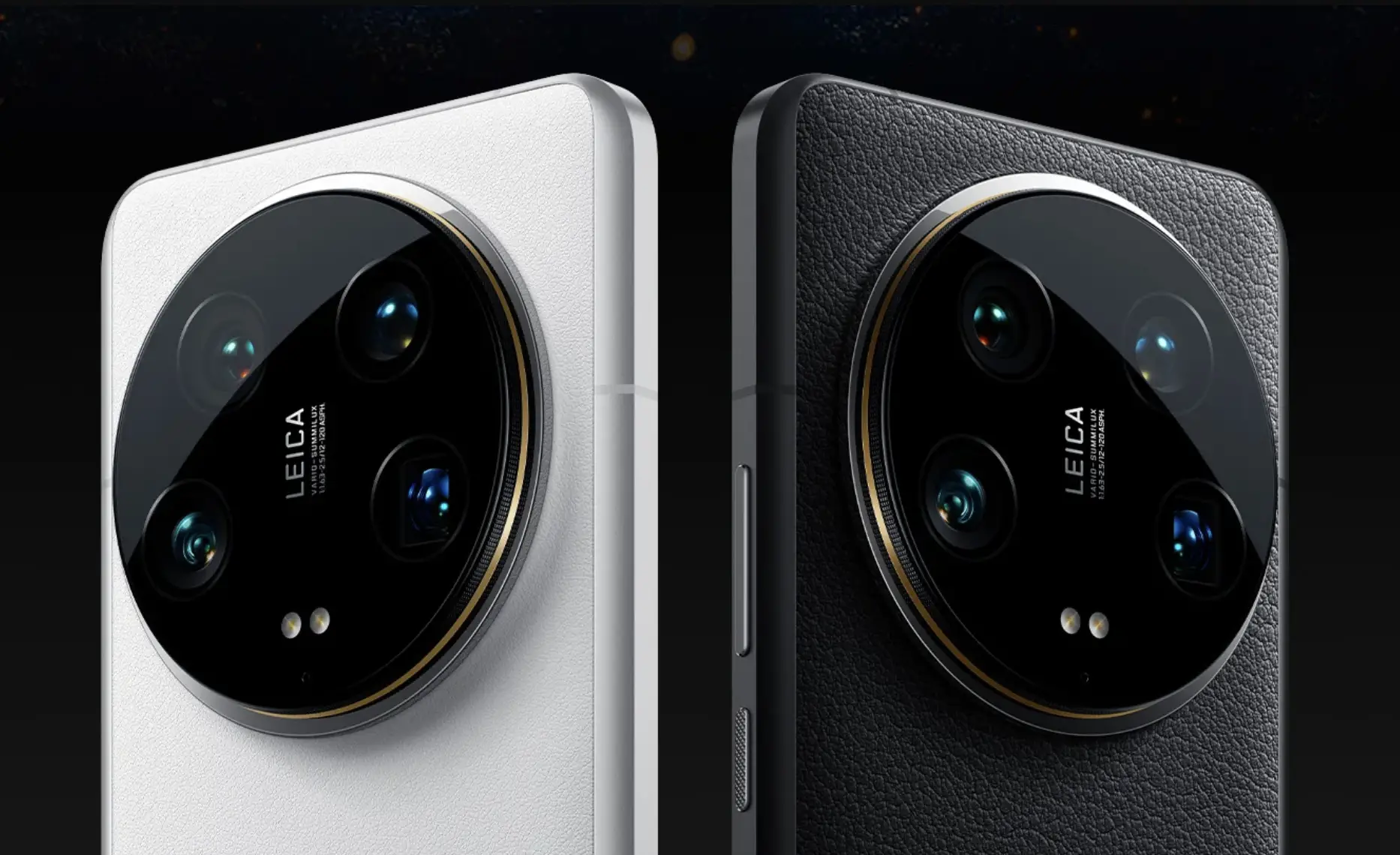
The Galaxy S24 Ultra is packed with a 5,000mAh battery. It supports 45W wired fast charging (65% charge in 30 minutes), 15W wireless charging, and 4.5W reverse wireless charging.
The Xiaomi 14 Ultra also has a 5,000mAh battery but with a faster charging speed. It offers 90W wired fast charging (100% in 33 minutes), 80W wireless charging, and 10W reverse wireless charging.
Verdict
There is no doubt that both Samsung Galaxy S24 Ultra and Xiaomi 14 Ultra are packed to the brim with high-end specifications and features. But when it comes to picking the winner, we would say Xiaomi takes the crown with its better display, overall capable camera setup, and faster charging speeds.
The only thing is the Xiaomi 14 Ultra is not available in the United States officially. It is the reason even though it is a better phone, you will most likely find yourself picking the Samsung flagship.
- CIRCLE & SEARCH¹ IN A SNAP: What’s your favorite influencer wearing? Where’d they go on vacation? What’s that word...
- REAL EASY, REAL-TIME TRANSLATIONS: Speak foreign languages on the spot with Live Translate²; Unlock the power of convenient...
Note: This article may contain affiliate links that help support our authors and keep the Phandroid servers running.

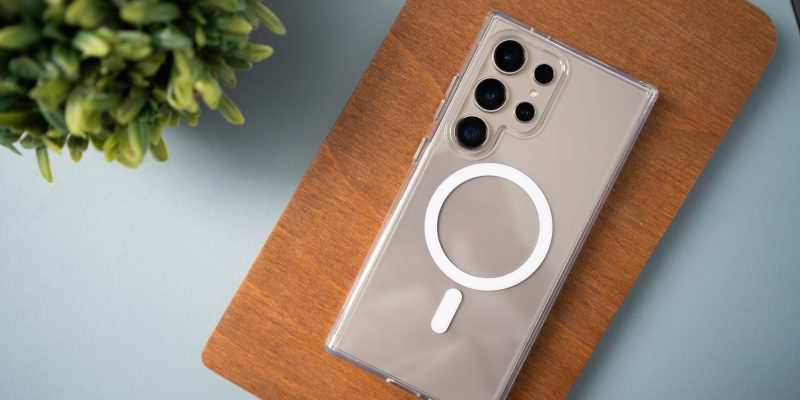



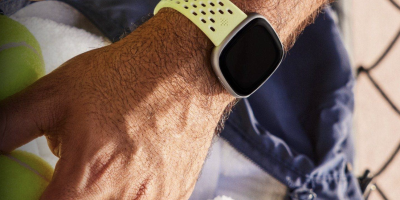
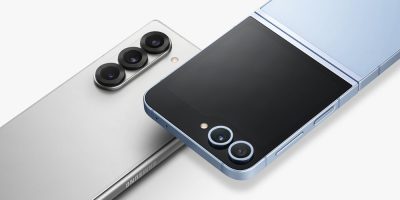






Comments